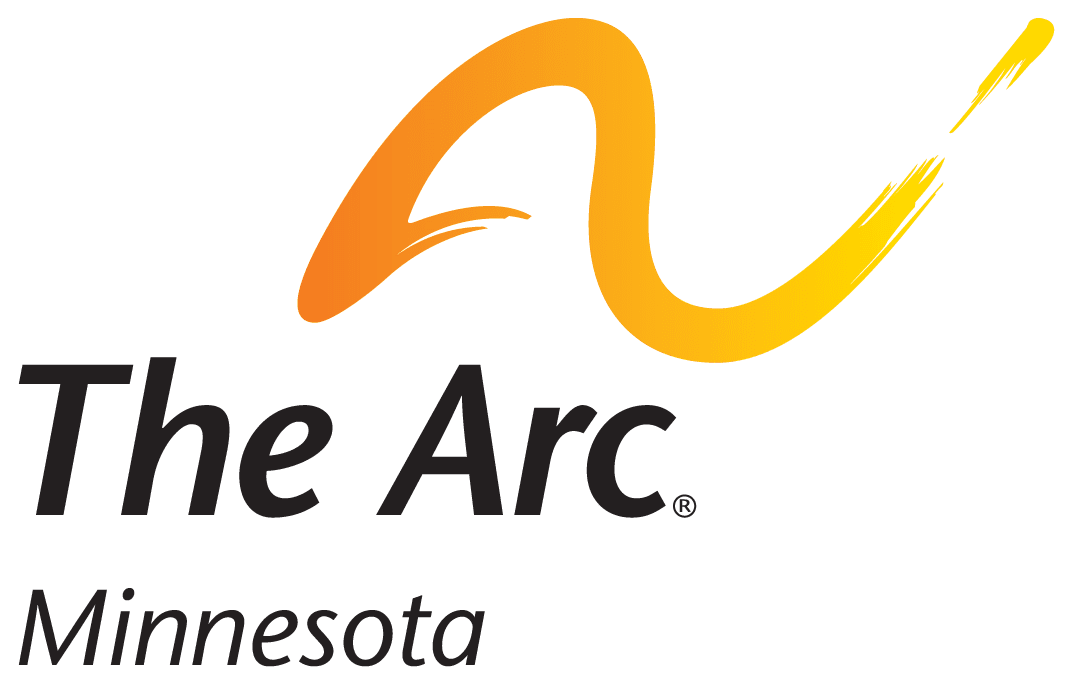It is important to talk about safety. It can empower people with intellectual and developmental disabilities (IDD) to create a safer life. It can also help identify resources for help.
Important considerations
- Be open to different ways of communicating
- Consider the person’s needs. Be respectful of the person in listening and when talking. People may use different ways to communicate. This can include written words, pictures, sign language, or assistive communication technology.
- Plain language
- Plain language is clear and simple. It avoids jargon. Plain language can help people understand the information the first time they hear or read it. When you use plain language, people can focus on the message instead being confused by your words.
- People first and identity first language
- People first language puts the person first before the disability. Identity first language can also be preferred by some people with disabilities. Use the language the person uses to describe themselves.
- Gender-neutral language
- Use language that is gender neutral. Gender-neutral language does not refer to he or she. It gives people the opportunity to self-identify. Use the language the person uses to describe themselves.
- Use language the person is familiar with
- It is important to listen to understand. If the person shares a situation where they did not feel safe, they may not use the word abuse. Always remain consistent with the words they use to describe the situation. Use well trained interpreters to reduce barriers.
- Check in with the person
- It is important to check for understanding. People with IDD might not tell you they do not understand. Use open ended questions to assure the person understands what you are saying. Let them know it is okay to ask questions if they do not understand.
- Be mindful of how fast you speak
- There may be times when you may need to slow down to give the person time to think. There also may be times that you may need to ask the person to repeat themselves, or to slow down so you may understand. You may need to allow for moments of silence.
Safety and Feelings
If someone tells you they have experienced abuse, neglect, sexual violence, or exploitation, listen and believe them. Their experience could be recent or long ago. Understand that they live with a variety of feelings that impact their well-being. It is important to listen. Let them direct the conversation. Support them and offer choices and options.
- If they tell you they have experienced abuse, ask if they know about community advocacy services. Ask what helps them when they think about the abuse.
- Connect the person to community advocacy services.
- It can be helpful to talk about what to do when they are scared even after the abuser is out of their life.
- When the person is no longer in danger, the person can still feel fear, doubt, depressed, and isolated. It is important to talk about and acknowledge their feelings. Identify safe people in their life. Identify ways to feel safe.
- Identify what is important to the person for their emotional safety. This may include calling a friend or hotline, or mindfulness activities.
Use what the person already knows
- They probably know more about planning for safety than you might realize.
- Being in a relationship with an abusive person takes a lot of skill and resourcefulness.
- Ask about what has and has not helped them in the past.
Combine these strategies with other information they have shared about safety. Empower them with their own decisions.
How to support with resources and referrals
Many people may not be aware of community advocacy services, crisis services, and adult protection services. Provide information about different resources. This may include rape crisis and domestic violence centers, crisis lines, and adult protection services.
Become familiar with community resources and services. This will give many choices and help with informed decision-making.
Direct service professionals (DSP) must understand their agency’s policy and procedures for mandated reporting. This includes understanding their role and responsibilities. DSP’s should tell the victim/survivor the reporting requirements. Ask the victim/survivor if they want to be a part of the reporting process to have control of their story.
Resources
RapeHelpMN.org
- This website helps you find a sexual assault program near you. You can connect with an advocate. Most programs have a 24-hour crisis line available.
- Visit their website at org/find-help
Minnesota Day One Crisis Line
- If you are in need of emergency housing or shelter, you can contact the Day One Crisis Line.
- Call them at 1-866-223-1111, text them at 612-399-9995 or visit their website at org
National Suicide Prevention Lifeline
- Call 1-800-273-8255 or visit org
- The Lifeline provides free support for people in distress. They have prevention and crisis resources, and best practices for professionals. The Lifeline is confidential.
Minnesota Adult Abuse Reporting Center (MAARC)
- Call to report suspected maltreatment of a vulnerable adult. Call 1-844-880-1574.
- If it is an emergency, call 911 first.
- Find more information at gov/dhs/people-we-serve/adults/services/adult-protection
MN Office of the Ombudsman for Mental Health and Developmental Disabilities (OMHDD)
- Contact if you have a concern or complaint about the actions of an agency, facility, or program. This can be person-specific or a system-wide concern.
- Call 1-800-657-3506. You can also email, fax or send a letter.
- Find more information at gov/omhdd/client-services/how-to-file-a-complaint.jsp
Downloadable PDF: Arc Guide to Safety Conversations to Empower Persons with IDD
For more information or advocacy services, contact The Arc Minnesota at 833.450.1494 or visit www.arcminnesota.org. (Please note: This document is not legal advice. No information should replace the advice of an attorney.)
All rights reserved (c) 2020 The Arc Minnesota. Document updated June 2020.
